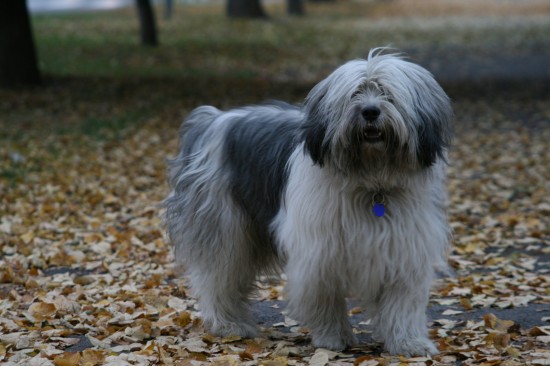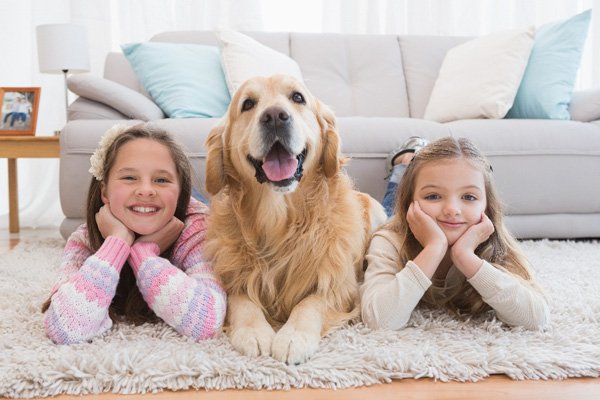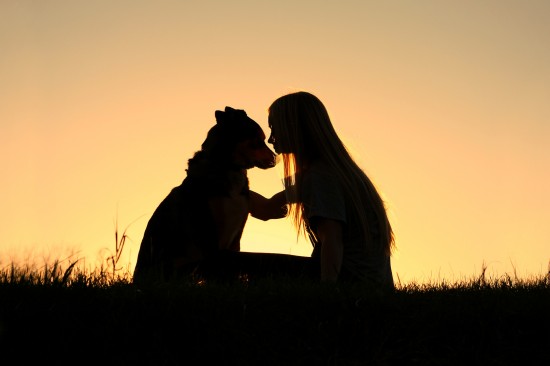Many dog trainers feel that correcting your dog is not necessary. They will tell you the absence of a reward will cure most bad behaviors. Sometimes the behavior becomes so bad that it gets very difficult to correct them.
Here are 3 very important rules that will ensure your pooch is a well behaved one. As far as dog training goes. Behaviors such as barking for an example can be very self-reinforcing. The dog positively reinforces himself with barking. So, getting the dog to stop barking without negative reinforcement is very unlikely.
Using both positive and negative reinforcements are necessary tools for training your dog.
Here are 3 Easy Tips
1. Do not use the word no for everything the dog does wrong. If you really think about it, you will understand. If the dog pees under the kitchen table and you say 揘O.?and then the dog jumps up on a stranger when the enter the house and you say, 揘O.?Or if you have a barking dog that just won抰 stop and you say, 揘O? The dog does not understand. He or she thinks, wow厀hat does NO mean? Does it mean, don抰 jump? Does it mean Don抰 bark? An example might be, use the word 揙FF?when your dogs jumps on people, the word 換UIET?when he or she is barking.
2. Do not use the dogs name against him, or in a negative manner. Later on down the line you may call your dog, and he or she may decide they don抰 want to come because they can抰 tell if you are using there name in a positive or negative manner. I can take the above statement and bring it into my own life. As a child my 搑eal?name is Annette. But, if I did something wrong, with a wrong behavior, my mother called me 揗ary Jane.?When I heard the words 揗ary Jane?I knew instantly it was negative and I wanted to run the other way, just like your dog will.
3. If you have been training your dog with hand signals you will want to use your hand signals or finger signals for ONLY one command. If you use one signal for a multitude of commands you will end up with one confused pooch.
Use different words for different behaviors.
Here are a few examples.
?Ready- Means look at me
?Sit - Means to sit
?Stay - Means do not move
?Down - Means lay down
?Come - Means to come to me
?Drop - Means take out of mouth
?Ouch - Means Let go of my hand
?Kennel Up - Means go to crate
Make sure you have a plan or an idea of what you want out of your dog. As a master you need to become goal orientated and focus on helping your pooch be the best he or she can be.

 Owczarek Nizinny – The Friendly Polish Lowland Sheepdog
Owczarek Nizinny
Owczarek Nizinny – The Friendly Polish Lowland Sheepdog
Owczarek Nizinny
 All About The Cute Bambino Cat
All About The Cut
All About The Cute Bambino Cat
All About The Cut
 Keeping Birds Of Prey
Keeping Birds Of
Keeping Birds Of Prey
Keeping Birds Of
 Disease prevention for your dog, without vaccination
Disease prevention for your dog, without vaccination
Disease prevention for your dog, without vaccination
Disease prevention for your dog, without vaccination
 Why Some Dogs Hate Going For A Walk In The Dark
Why Some Dogs Hat
Why Some Dogs Hate Going For A Walk In The Dark
Why Some Dogs Hat